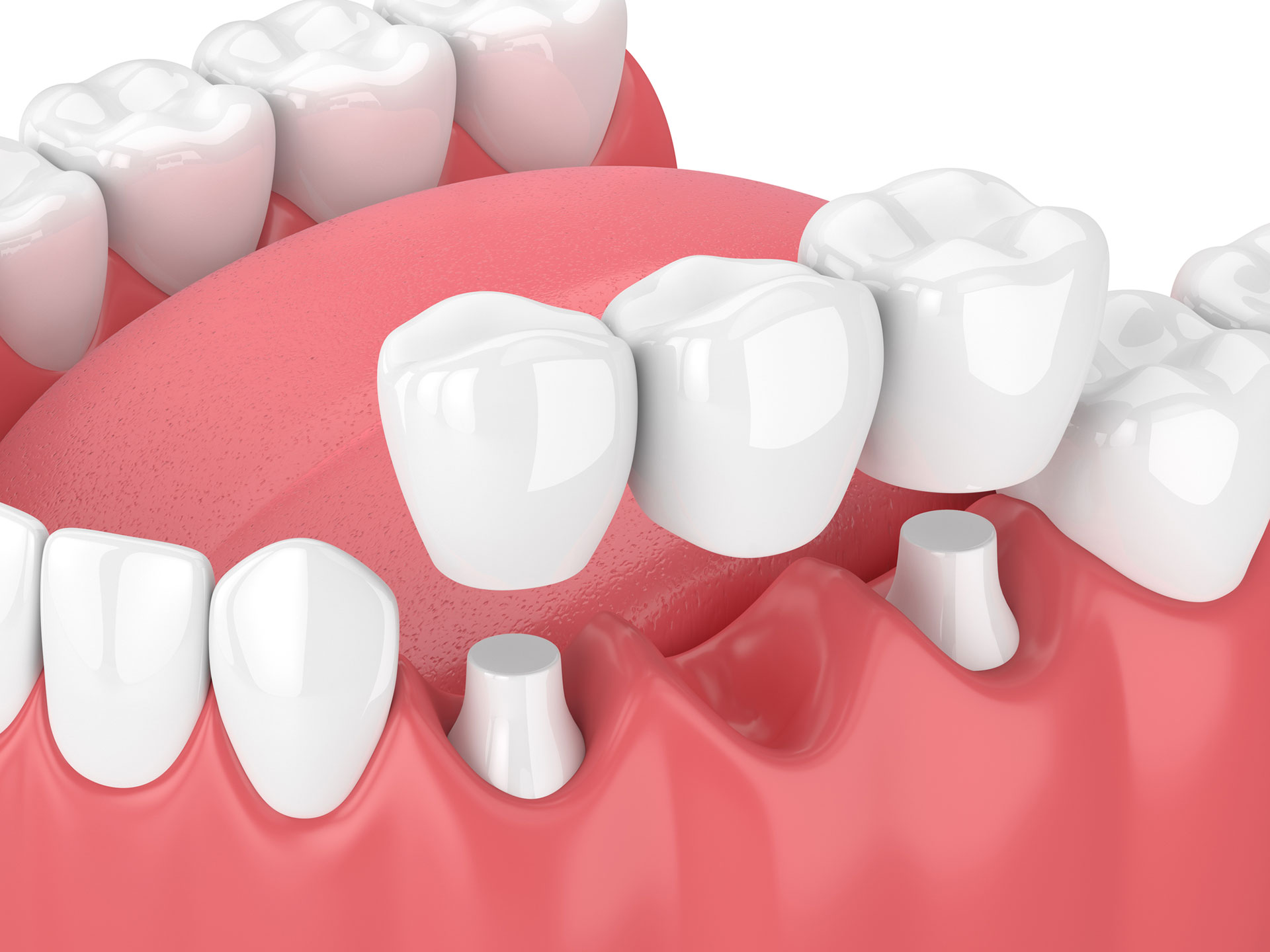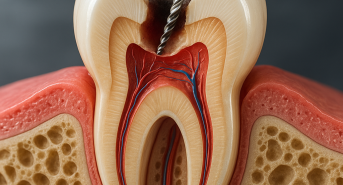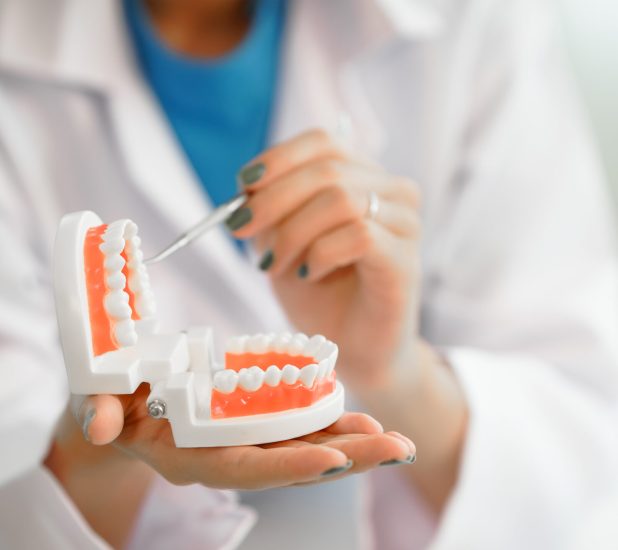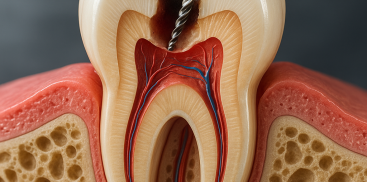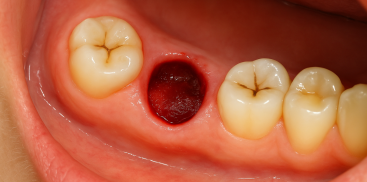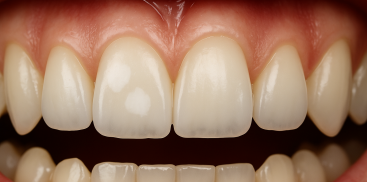A prosthetic bridge serves as a permanent replacement for missing teeth in the patient’s mouth.
This is an ideal solution for those who have lost one, two or three teeth, provided that the surrounding teeth are natural or implants.
What is a prosthetic bridge?
This is a supplement that permanently replaces the patient’s missing teeth in the mouth. It consists of two main elements: prosthetic crowns, which cover the teeth surrounding the gaps, and a supplementary part that replaces the missing teeth.
Why do we choose a prosthetic bridge?
The main purpose of a prosthetic bridge is to rebuild lost teeth and restore the natural chewing load on the teeth adjacent to the gap. This is recommended when a patient has gaps between teeth due to the loss of one, two or three teeth. It is important that this area is surrounded by healthy teeth or implants.
To place a bridge, the teeth adjacent to the gap must be healthy and free from caries. In the case of teeth undergoing root canal treatment, they should be properly prepared and without any symptoms of inflammation. In each case, the dentist makes an individual assessment.
What is the procedure for installing a bridge?
The process begins with a consultation with a dentist who will assess whether the teeth adjacent to the gap are suitable for such reconstruction and whether they will not be damaged during grinding.
Sometimes these teeth are strengthened with special inserts. The procedure includes:
– Making impressions for the technician who prepares plaster models.
– Grinding the teeth surrounding the gap and taking further impressions.
– Creation of a temporary bridge made of fiberglass-reinforced composite.
– Preparation of the final bridge in the laboratory based on impressions.
– Bridge fitting, color matching and patient approval.
– Cementing of the bridge and regular inspections.
The entire process usually takes 3-4 weeks. Types of prosthetic bridges We can distinguish several types of bridges:
– Adhesive bridge – for single gaps.
Maybee be temporary or permanent.
– Standard porcelain bridge – popular, durable and aesthetic.
– Metal bridge – durable, but less aesthetic.
– Temporary acrylic bridge – intended for temporary use.
Advantages and disadvantages of prosthetic bridges
Prosthetic bridges have many advantages, such as reconstruction of missing teeth, durability, aesthetics and functionality.
However, they may also require grinding of healthy teeth, which can lead to further problems.
Cost of a prosthetic bridge
The price of a bridge depends on many factors, such as the number of missing teeth and the material used. At Warsaw Dental Center, an adhesive bridge replacing one missing tooth costs PLN 1,200.
Hygiene of the prosthetic bridge
Patients must maintain good hygiene, especially in the area under the bridge.
It is recommended to use an irrigator.
Where can a bridge be made?
